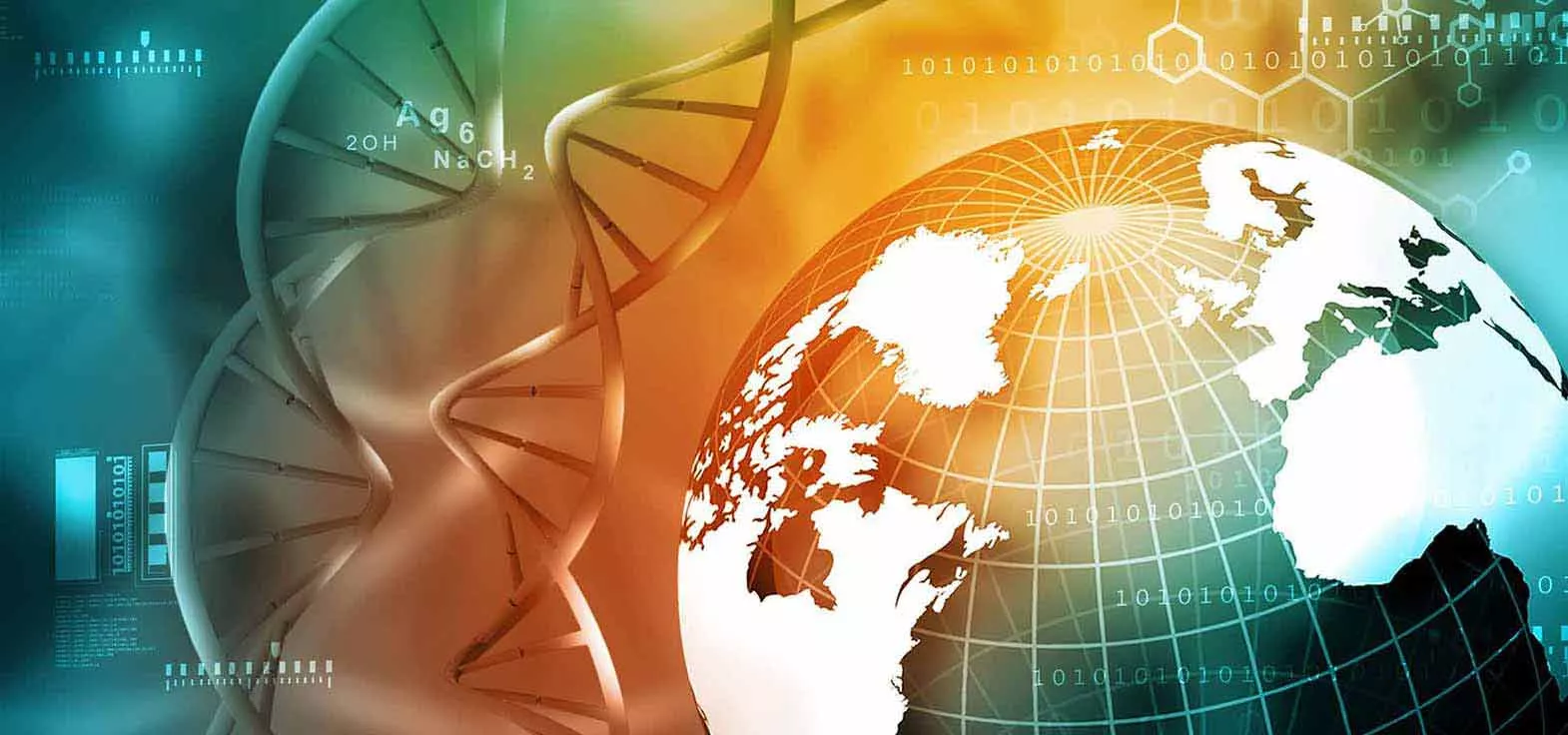Counterfeit medicines have been a growing problem globally, undermining public health, causing many deaths, contributing to organised crime, and adversely affecting both the reputation and bottom line of pharmaceutical companies.
For example, according to the World Health Organisation, 10 percent of medicines sold worldwide are counterfeit, counterfeit medicines are 20 percent more profitable than heroin, and according to the OECD, counterfeit malaria and TB medicines alone are responsible for more than 700,000 deaths a year.
In response, countries globally have been implementing serialisation regulations to tackle the counterfeiting or the falsification of drugs.
Several countries have already implemented serialisation regulations, with Turkey being the first to do so, and many are in the process of implementing or have implementation timelines in place. Some, such as the United States, are adopting serialisation and aggregation in stages, some have adopted both but others have no plans in place to require aggregation. (see timeline)
To better understand the plans and objectives of the major markets, it’s important to first explore what serialisation and aggregation mean in the different jurisdictions.

